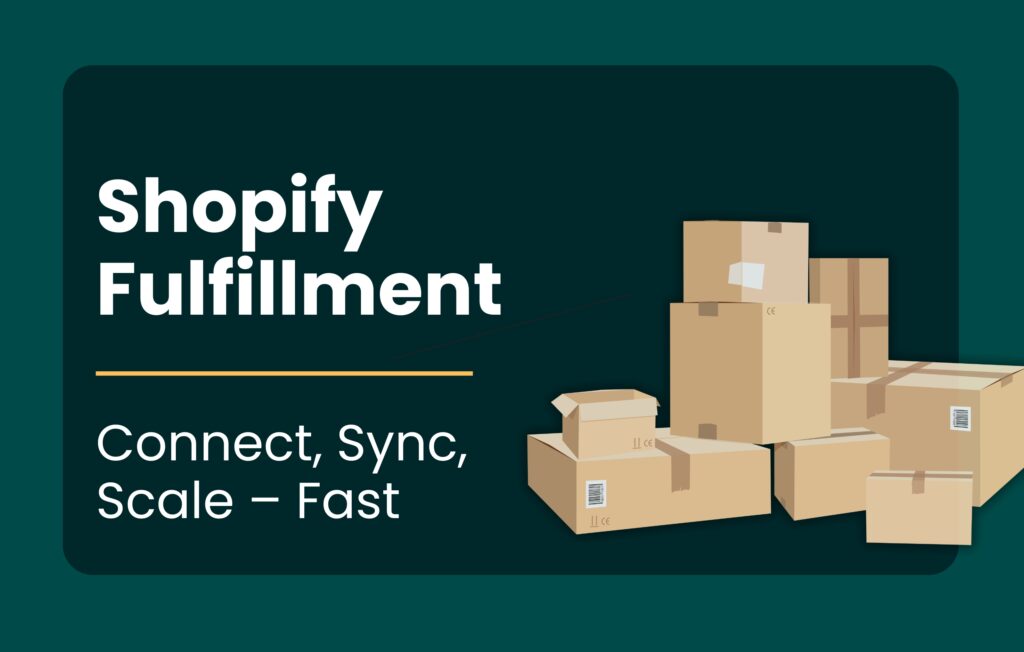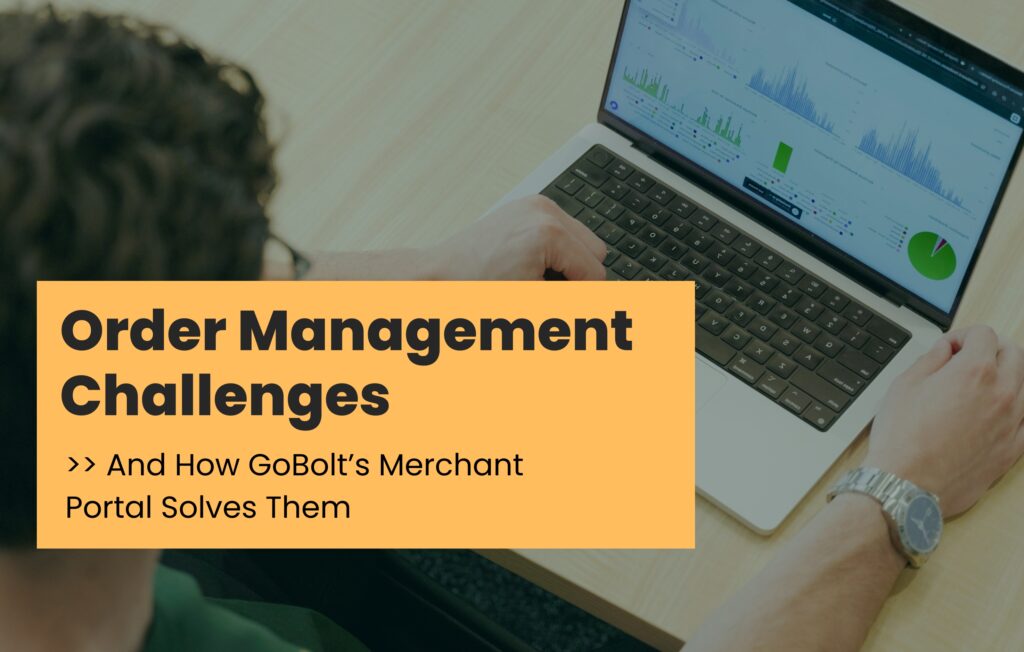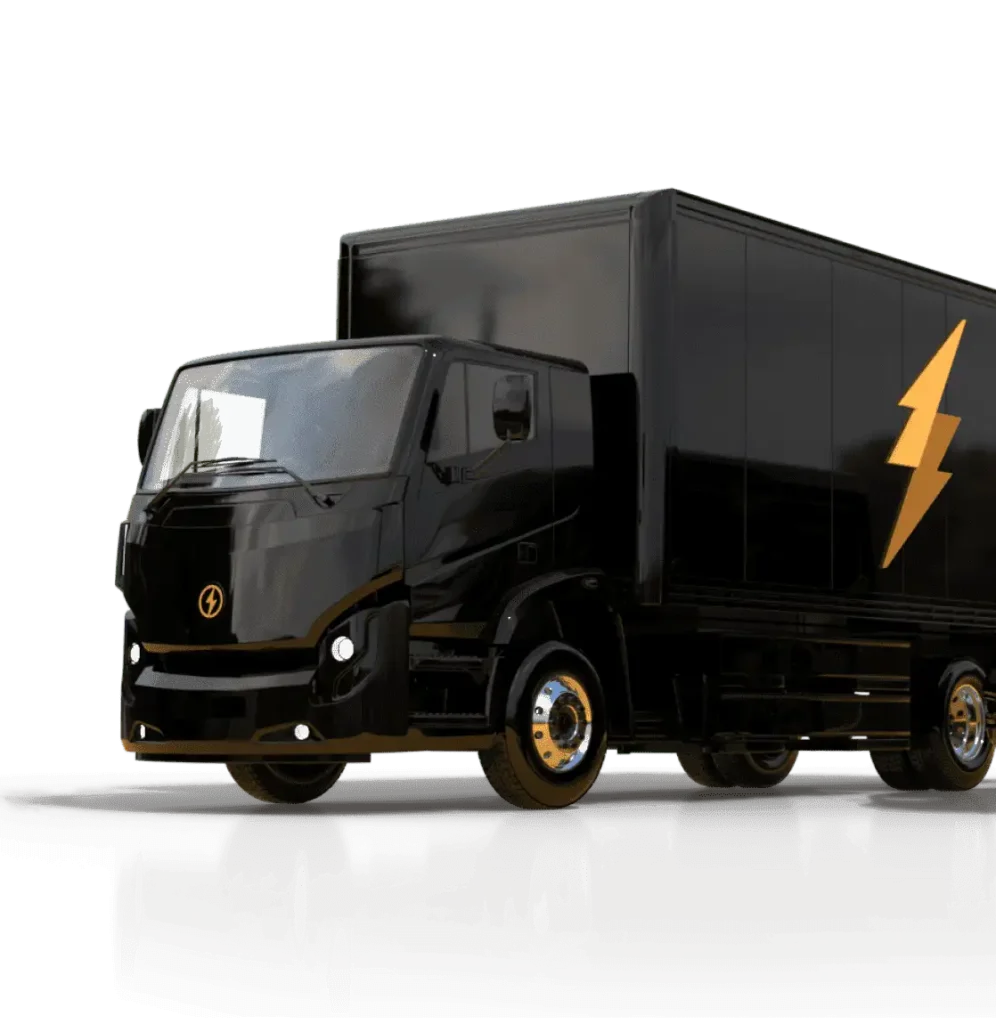Most brands face seasonal demand peaks at some point throughout the year, whether it’s for an international holiday or a sale, and these events require significant planning and forecasting. Take Black Friday as an example: in 2023, global Black Friday online sales were up 8% year over year, and global sales for Cyber Week (Black Friday through Cyber Monday) reached $298 billion. Sales events like this put a great deal of pressure on a brand, and demand forecasting and accurate inventory management are critical to fulfill all the orders placed during the rush.
We’re going to explore some winning strategies so that you can work with your 3PL provider to manage inventory fluctuations like a total pro. These strategies will help you maintain smooth operations, hit your business targets, and meet (or exceed!) your shoppers’ expectations.

The Role of Retail Demand Forecasting
Retail demand forecasting is the process of planning and anticipating future shopping demands, including peak seasons, inventory sales, and external factors. The demand forecasting process involves monitoring inventory levels, devising strategies, managing workforce needs, and overall business preparation and planning.
Why is retail demand forecasting critical? When done properly, demand forecasting can help brands avoid some BIG common problems, like stockouts and overstock situations.
“With an accurate demand forecast, brands and their 3PLs can plan more efficiently, from fulfilling orders, right down to the delivery,” says Jarrett Stewart, SVP, Commercial. “This drives a healthier shopper experience, and provides brands significant efficiency within their supply chain”.
Key Methods for Demand Forecasting
We’ve covered why demand forecasting is critical, now let’s dive into some ways to accurately predict what might happen so you and your 3PL can be prepared.
To accurately predict demand, consider the following methods:
- Predictive Analytics and Historical Data: Analyze past sales data, market trends, and major shopping events like Black Friday, Christmas holidays, and Prime Day to inform resource requirements for peak seasons.
- Market Trends Analysis: Keep an eye on current market trends and consumer behavior to anticipate shifts in demand.
6 Strategies to Managing Demand Forecasting & Inventory Fluctuations
Effectively managing inventory fluctuations is a bit of a fine balance. There are several strategies that you and your 3PL provider leverage to ensure that inventory levels align with demand.
- Advanced planning: Develop a robust forecasting model that considers all variables, such as ARIMA, which can assist in predicting future demand and help in making informed inventory decisions.
- Technology and automation: Utilize advanced systems for real-time data and automation.
- Order orchestration: Optimize inventory placement based on shopper demand patterns.
- Diversified carriers: Use multiple carriers to manage demand for your last mile logistics efficiently.
- Inventory management: Implement systems for accurate tracking and replenishment.
- Efficient fulfillment processes: Streamline processes to handle peak volumes smoothly.
Don’t know yet if you’re ready to get started with a diversified carrier model? Get answers with the Diversified Carrier Checklist. Plus get access to a list of the top 10 alternate last mile carriers.
A Look at GoBolt's Technology for Demand Forecasting & Inventory Optimization
In working with GoBolt, brands can gain real-time visibility into their inventory, make data-driven decisions, and enhance their overall operational efficiency.
- Real-Time Inventory Management
Leading inventory management systems, like Cin7 and Centro, offer brands real-time visibility into their inventory. This helps in making informed decisions about stock levels and replenishment, such as when to submit POs based on inventory lead time to replenish depleting stock and when to launch/end sales. Brands can confidently display low and out-of-stock alerts on their websites, improving their shopper experience. - Order Orchestration
GoBolt’s Order Orchestration strategy helps brands determine where to place their inventory based on order volume and shipping efficiency. This prevents costly mistakes and enhances delivery speeds. - Data Analytics and Machine Learning
GoBolt’s data intelligence tools, including machine learning models like ARIMA, predict demand levels and optimize inventory placement.“GoBolt’s data visibility enhances a brand’s ability to optimize their inventory,” says Stewart. “Automated reports capture areas for improvement and opportunities, aligning cost and quality expectations.”
- Integrated Warehouse Management System
Warehouse management systems ensure accurate inventory tracking and order fulfillment, allowing brands to confidently display inventory statuses on their websites.
Final Thoughts
Effective demand forecasting and inventory management before and during peak seasons are crucial for maintaining smooth operations and meeting shopper expectations. By leveraging advanced technologies and strategic planning, brands can navigate seasonal demand peaks with ease and efficiency.
Ready to tackle peak season with greater efficiency and speed? Talk to our team today.







